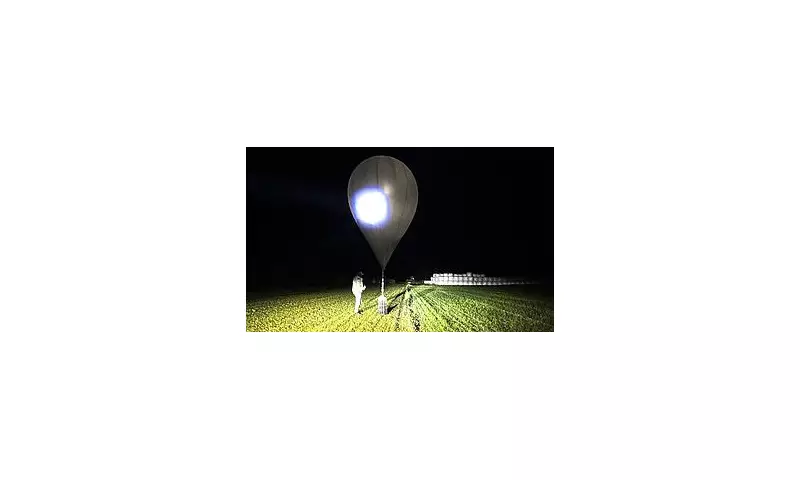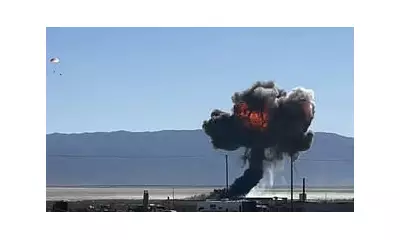
In a dramatic move that has sent shockwaves through European security circles, Estonia has taken the extraordinary step of shutting down its primary international airport and multiple border crossings. The unprecedented security measures come in response to a series of mysterious aerial intrusions by unidentified helium balloons.
Unprecedented Security Lockdown
The Estonian government confirmed that Tallinn Airport, the nation's main international gateway, has ceased all operations indefinitely. Simultaneously, several key border crossing points with Russia have been sealed as security forces scramble to address what officials are calling "deliberate aerial provocations."
Mysterious Aerial Objects Spark Espionage Fears
According to defence sources, multiple helium balloons of unknown origin have been detected violating Estonian airspace in recent days. The objects, described as "sophisticated aerial platforms," have triggered heightened concerns about potential espionage activities targeting the NATO member state.
"We are dealing with systematic intrusions that pose a clear threat to our national security," stated a senior defence ministry official who spoke on condition of anonymity. "The nature and pattern of these incursions suggest coordinated intelligence-gathering operations."
NATO Ally on High Alert
The situation has placed Estonia, a key NATO member on the alliance's eastern flank, at the centre of growing regional tensions. Military analysts suggest the balloon incidents represent a new frontier in hybrid warfare tactics, testing the defences of Western nations.
Aviation authorities have issued notices to airmen (NOTAMs) warning of restricted airspace, while border guard units have been placed on highest alert. The closures have caused significant disruption to travel and trade, with hundreds of passengers stranded and cross-border commerce grinding to a halt.
International Response and Implications
NATO headquarters has been briefed on the developing situation, with alliance officials monitoring events closely. The incident comes amid heightened security concerns across Eastern Europe and follows similar aerial object sightings in other Western nations in recent months.
Security experts warn that such balloon incursions represent a challenging new dimension in aerial surveillance, as their slow speed and high altitude make detection and interception particularly difficult for conventional air defence systems.
The Estonian government has convened an emergency security council meeting to determine next steps, with officials indicating the restrictions will remain in place until the aerial threat has been completely neutralised and the origin of the balloons definitively established.





